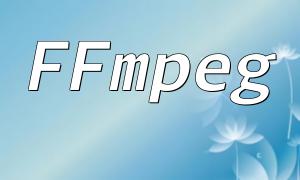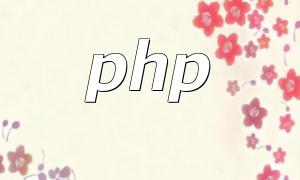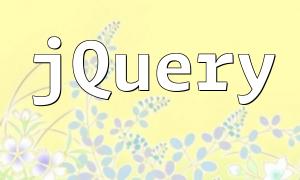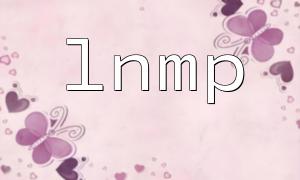In the process of learning PHP programming, loops are a fundamental and essential concept. This article will provide a detailed explanation of loop usage in PHP, helping you better understand various loop structures and apply them effectively in real-world development scenarios.
A loop is a programming structure used to repeatedly execute a block of code until a specific condition is met. Using loops can greatly improve code efficiency and reduce redundancy. PHP supports several common types of loops, including the for loop, while loop, and foreach loop.
The for loop is commonly used when the number of iterations is known. Its basic syntax is as follows:
For example, the following code will print the numbers from 1 to 5:
The while loop is used to repeat a block of code while a condition is true. Its basic syntax is as follows:
The following example shows how to use a while loop to print the numbers from 1 to 5:
The foreach loop is specifically designed for iterating over arrays or objects, making it very efficient for working with collections. Its syntax is as follows:
For example, the following code uses the foreach loop to print each value in an array:
In real-world development, loops are applied in various scenarios, such as:
By understanding and using loops effectively, developers can write clear, maintainable code.
When using loops, developers should be aware of the following:
Loops are a crucial tool in PHP programming, and when used correctly, they can significantly improve code readability and efficiency. By mastering the for, while, and foreach loop structures, you will be able to handle a wide range of development scenarios and write more efficient, maintainable code.









